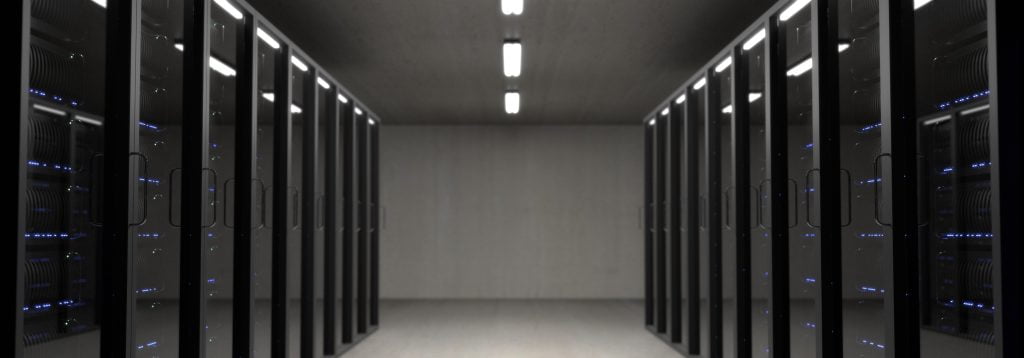
Edge computing, at its simplest form, brings computation and data storage physically closer to where it’s being gathered, as opposed to relying on a central location thousands of miles away. Edge is a distributed computing model where data is captured, processed, and stored near the physical location where it is created. Early forms of edge were designed to limit the cost of bandwidth for data traveling long distances by reducing the distance traveled. Rather than send data to cloud data centers, edge allows decentralized processing to occur in real-time, without latency issues, while also reducing bandwidth and storage requirements on the network. Edge computing has a myriad of uses and benefits. Thanks to the growth of IoT-generated data, the practical uses for real-time applications that need processing at the edge of networks are pushing edge computing into the future. To find out a few of the many benefits of edge computing, continue reading below.
Faster Response Time
The biggest reason so many are turning to edge computing is its ability to process and store data quickly, which enables more efficient real-time applications. Without the burden of sending information to cloud storage facilities, applications that require a fast response time, like facial recognition software, autonomous vehicles, virtual reality, and more, can process and store their data locally on an edge server or gateway. Like colocation (see our Texas colocation services), Edge reduces latency by reducing the physical distance data must travel.
Improved Performance and Reliability with Edge Computing

Edge computing is especially practical for remote assets in rural areas or areas with unreliable internet connectivity. Edge devices locally store and process data to ensure that no data is lost and that operation failure will not occur when there is limited internet connectivity. The temporary disruptions that could hinder a cloud storage facility are a non-issue for edge devices.
Cost-Effectiveness
Edge computing can locally perform data computations, so businesses can decide which services to run locally and which ones to send to the cloud. This reduces their total IT cost. Many companies that initially embraced the cloud have found that the cost in bandwidth of cloud computing and storage was higher than they originally expected. Edge offers a low-bandwidth alternative that could reduce costs.
Increased Security through Edge Computing
Edge also offers enhanced security. Since data does not need to travel over a network, it is more secure. Additionally, the data is distributed and not stored in a central data center. Because Edge allows you to filter sensitive data at the source rather than at a central data center, your company’s data is more secure. Less transfer of information equals fewer opportunities for a data breach.
Interoperability between legacy and modern devices with Edge Computing

Edge devices translate the communication protocols used by legacy devices into a language that modern devices can understand. This makes it easier to connect legacy industrial equipment to modern IoT platforms, so businesses can get started in IoT without purchasing expensive new equipment.
Thin-nology is the Austin area’s Edge solution. Thin-nology’s state-of-the-art Tier III Data Center provides the backend server infrastructure to house the edge power while Ormuco’s software stack provides the applications to take your organization’s user experience, application development, and deployment to the edge of the cloud. Visit our website to find out more about edge computing.
